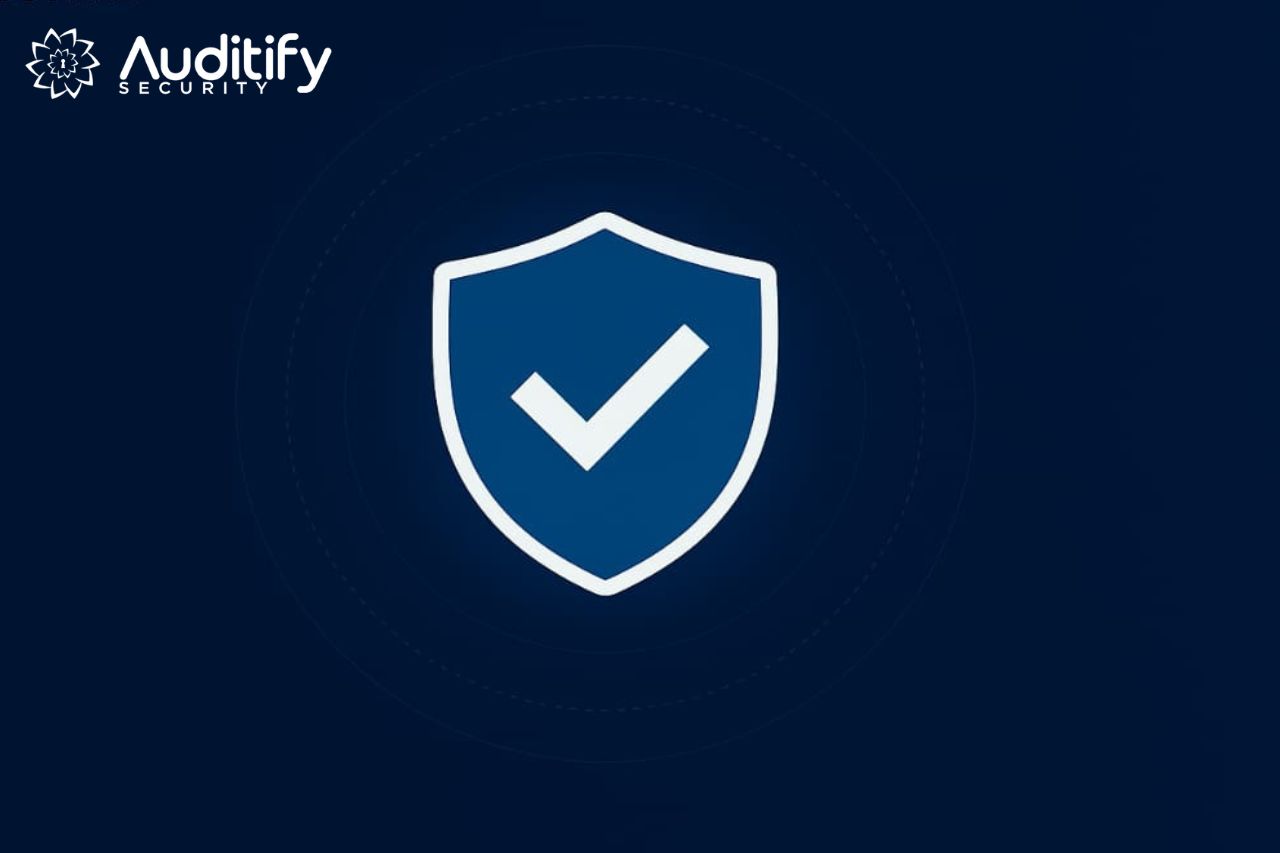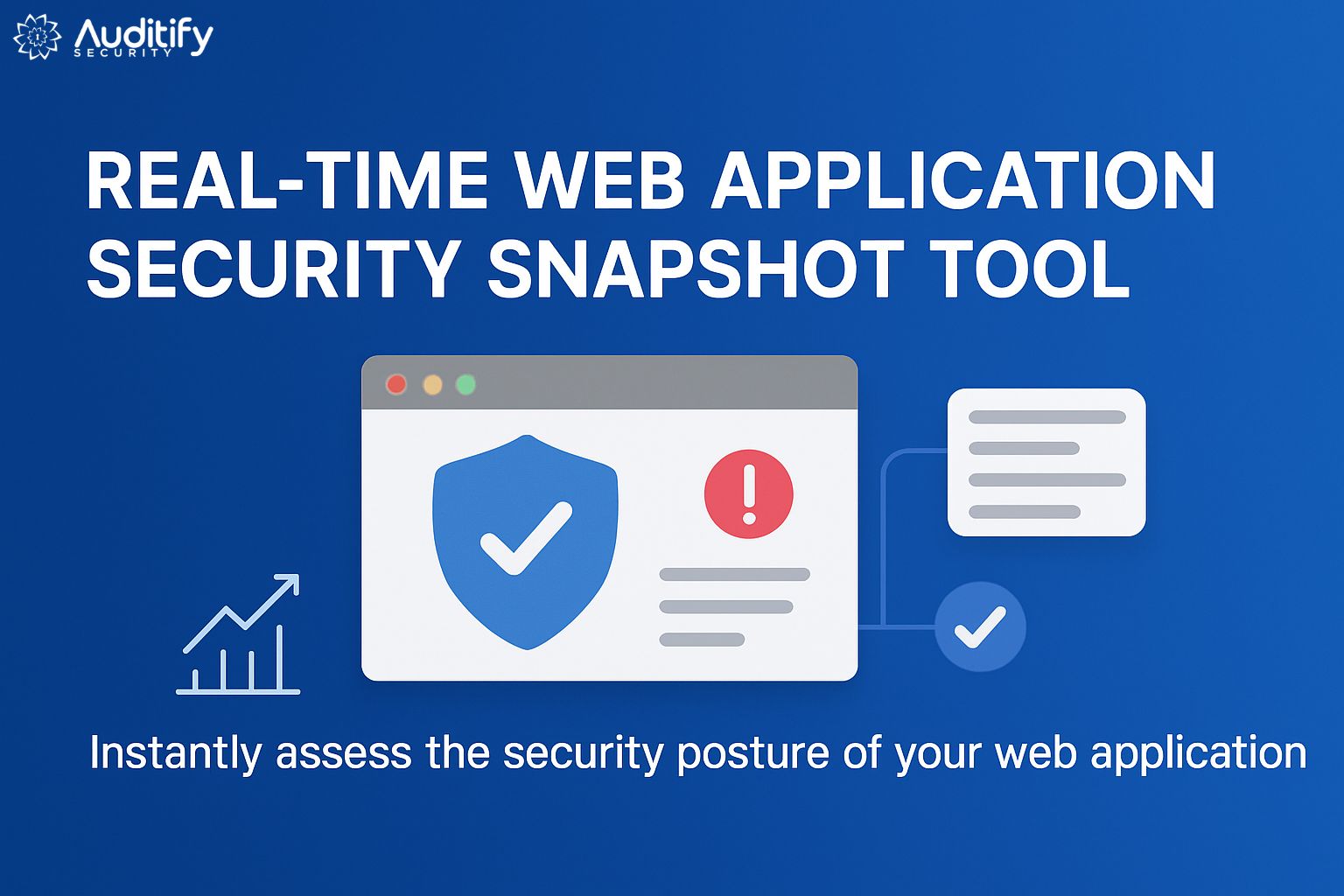Learn how to get PCI DSS certified with this step-by-step guide for beginners. Auditify Security breaks down the compliance process to help protect your business and customer data.
If your business handles credit card payments, getting PCI DSS certified isn’t just good practice — it’s a necessity. PCI DSS (Payment Card Industry Data Security Standard) is a global security standard designed to protect cardholder data and reduce fraud. While the certification process may seem overwhelming at first, this beginner’s guide by Auditify Security will walk you through it step-by-step.
What Is PCI DSS?
PCI DSS is a set of security standards created by the Payment Card Industry Security Standards Council (PCI SSC). These standards apply to all organizations that store, process, or transmit credit card information. The goal is to protect cardholder data from breaches and cyber threats.
Compliance isn’t optional. Major credit card brands like Visa, MasterCard, and American Express require businesses to be PCI DSS compliant. Non-compliance can result in hefty fines, legal issues, and loss of customer trust.
Step 1: Understand the PCI DSS Requirements
PCI DSS includes 12 core requirements grouped into six control objectives, such as:
Installing and maintaining firewalls
Protecting stored cardholder data
Encrypting transmission of card data
Using and updating antivirus software
Restricting access to cardholder information
Monitoring and testing networks
Start by reviewing the PCI DSS standard documentation and identify how it applies to your business environment.
Step 2: Determine Your Merchant Level
Your merchant level depends on the number of credit card transactions your business processes annually. PCI DSS outlines four levels:
Level 1: Over 6 million transactions/year
Level 2: 1 to 6 million transactions/year
Level 3: 20,000 to 1 million e-commerce transactions/year
Level 4: Fewer than 20,000 e-commerce transactions/year or up to 1 million other transactions/year
Knowing your level helps determine whether you need a Qualified Security Assessor (QSA) or can complete a Self-Assessment Questionnaire (SAQ).
Step 3: Complete a Gap Assessment
A gap assessment is a pre-certification audit to identify where your business falls short of PCI DSS requirements.
At Auditify Security, we offer comprehensive gap assessments that:
Analyze your current systems and security posture
Identify non-compliant areas
Provide a clear roadmap to compliance
This step is critical for saving time and avoiding costly mistakes during the formal certification process.
Step 4: Remediate Identified Issues
Once you know where the gaps are, it’s time to fix them. This might involve:
Updating network configurations
Encrypting data at rest and in transit
Implementing stronger access controls
Installing secure payment gateways
Creating and enforcing security policies
This is where partnering with a PCI DSS expert like Auditify Security can make the process faster and more effective.
Step 5: Complete Your SAQ or QSA Assessment
Depending on your merchant level, you’ll need to:
Complete a Self-Assessment Questionnaire (SAQ): If you're a lower-level merchant, you can self-assess your compliance using one of the official SAQs.
Hire a Qualified Security Assessor (QSA): Level 1 merchants and some Level 2 businesses must undergo a formal audit by a certified QSA.
Auditify Security is experienced in both SAQ guidance and managing full QSA-led assessments. We ensure accuracy and thorough documentation to meet PCI SSC standards.
Step 6: Conduct a Vulnerability Scan
For most businesses, quarterly vulnerability scans are a PCI DSS requirement. These must be performed by an Approved Scanning Vendor (ASV).
Our team at Auditify Security can help schedule and conduct these scans, identify weaknesses, and advise on remediation.
Step 7: Submit Required Documents
Once you’ve passed all required assessments and scans:
Submit your Attestation of Compliance (AOC)
Submit the SAQ or Report on Compliance (ROC) (if audited by a QSA)
Share documentation with your acquiring bank or card brands as needed
These documents serve as proof of your PCI DSS compliance status.
Step 8: Maintain Compliance
PCI DSS isn’t a one-time project — it’s an ongoing commitment. You’ll need to:
Run quarterly scans
Train employees on security protocols
Regularly monitor and test your systems
Update policies and controls as your environment changes
At Auditify Security, we offer pci security compliance, helping your business stay secure and audit-ready all year round.
Why Choose Auditify Security?
Getting PCI DSS certified doesn't have to be stressful. With Auditify Security, you get:
Expert-led gap assessments
End-to-end compliance support
Guidance tailored for small businesses and startups
Clear, actionable remediation plans
On-time reporting and submission assistance
Whether you're a startup processing your first online transaction or an enterprise upgrading your security posture, we’re here to simplify compliance and protect your business.
Ready to Get PCI DSS Certified?
Don’t leave your customer data — or your business reputation — at risk. Let Auditify Security guide you through the PCI DSS certification process, step by step.





